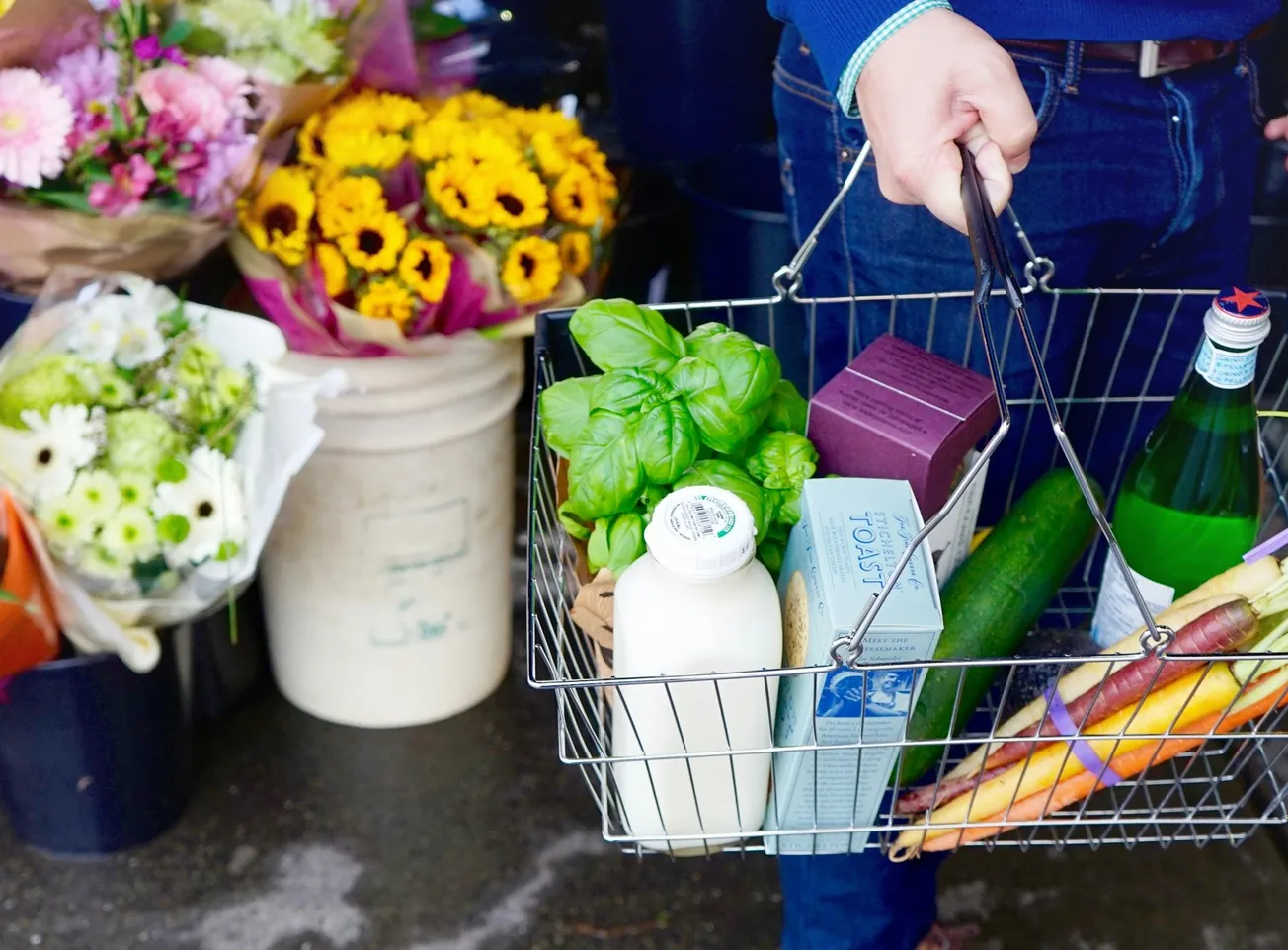Loblaw Cos.’ pending acquisition of Canada’s Shoppers Drug Mart drug chain is but the latest example of a global chain drug store business that continues to pursue realignment, if not consolidation.
At first glance, the Loblaws-Shoppers tie-up makes little sense. Clearly, these are two separate businesses. They operate differently, cater to a different customer base, and use different merchandising and operational philosophies and strategies.
While Loblaws has struggled recently, Shoppers is generally viewed as one of the very best drug chains in North America. Yet it, too, is struggling, most notably with a Canadian governmental apparatus that appears obsessed with lowering the cost of prescription drugs, already among the biggest bargains in health care in any country.
So, at first glance, Loblaws and Shoppers are two retailers with little in common, retailers with more differences than similarities, companies with little worth sharing.
However, having said that, it must also be pointed out that, with unprecedented retail activity in Canada — Target’s entry, Walmart’s newly aggressive posture, dramatic increases in efficiency and excitement within the country’s chain drug industry — this is an acquisition that will benefit both companies.
More than that, it’s the latest indication that the kind of synergistic acquisition that once defined chain drug retailing is largely a thing of the past.
Once upon a time, a drug chain acquired another drug chain, renamed and remerchandised the stores of the acquired drug chain, and so built its sales and improved its market share — or, at least, hoped to. But Walgreen Co.’s merger with Alliance Boots changed all that. By now it’s clear, as both parties stated at the time of the merger, that no Walgreens drug stores will pop up on Oxford Street in London. Nor will Michigan Ave. become home to a slew of Boots drug stores — or even one.
No. That merger sought bigger and more permanent advantages. Its purpose was to bring together two retailers with complementary strengths, with each hoping to benefit from the advantages of the other. And that’s exactly what’s been happening.
So it will hopefully be with Loblaws-Shoppers. The grocery retailer’s strength is food, while the drug chain is among the world’s most innovative and successful beauty care retailers.
Both retailers are especially strong in their ability to market, merchandise and sell house labels. Then, too, Loblaws struggles with general merchandise, while Shoppers knows how to sell those general merchandise categories which have traditionally defined a drug store. Shoppers offers its customers upscale beauty brands that most U.S. drug chains can only dream about. And both retailers operate imaginative, exciting stores that dominate Canada in their respective categories. Try as they may, Target and Walmart will never be Loblaws — or Shoppers.
Viewed on that level, this acquisition will clearly improve both retailers, much the way the Walgreens-Alliance Boots tie-up is already advancing both of those drug chains.
The point of all this is that retailing is changing, and maturing. The object of an acquisition is no longer simply to build sales and market share, though those two objectives remain important. Rather, the primary object is to increase knowledge, improve expertise, develop retailing wisdom, learn new ways of doing business while improving on existing ways.
Evaluated from that perspective, Walgreens-Alliance Boots stands alone as a classic example of a 21st century merger. And Loblaws-Shoppers is not very far behind.




